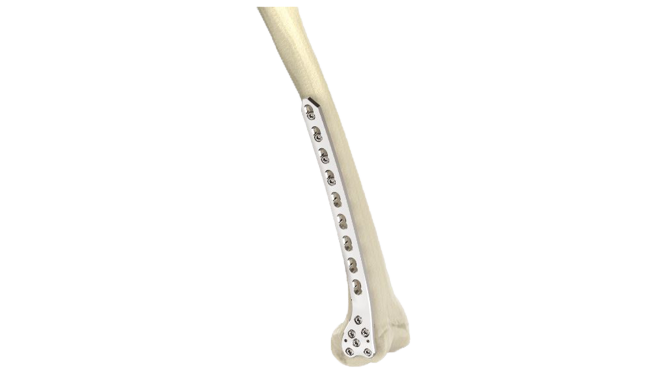Proximal Tibia Plate - Lateral 4.5 mm
Product Overview
Introducing the 4.5mm Proximal Lateral Tibia Plate : Your solution for advanced orthopedic fracture care. Engineered with precision, this plate offers unparalleled stability and support for fractures, osteotomies, and non-unions of the proximal lateral tibia. Its meticulous design ensures accurate anatomical fit, promoting optimal bone healing and functional recovery. Crafted for surgeons seeking excellence, our plate facilitates seamless implantation and enhances patient outcomes. Trust in a proven solution for intricate lateral tibia fractures, confidently restoring strength and mobility.
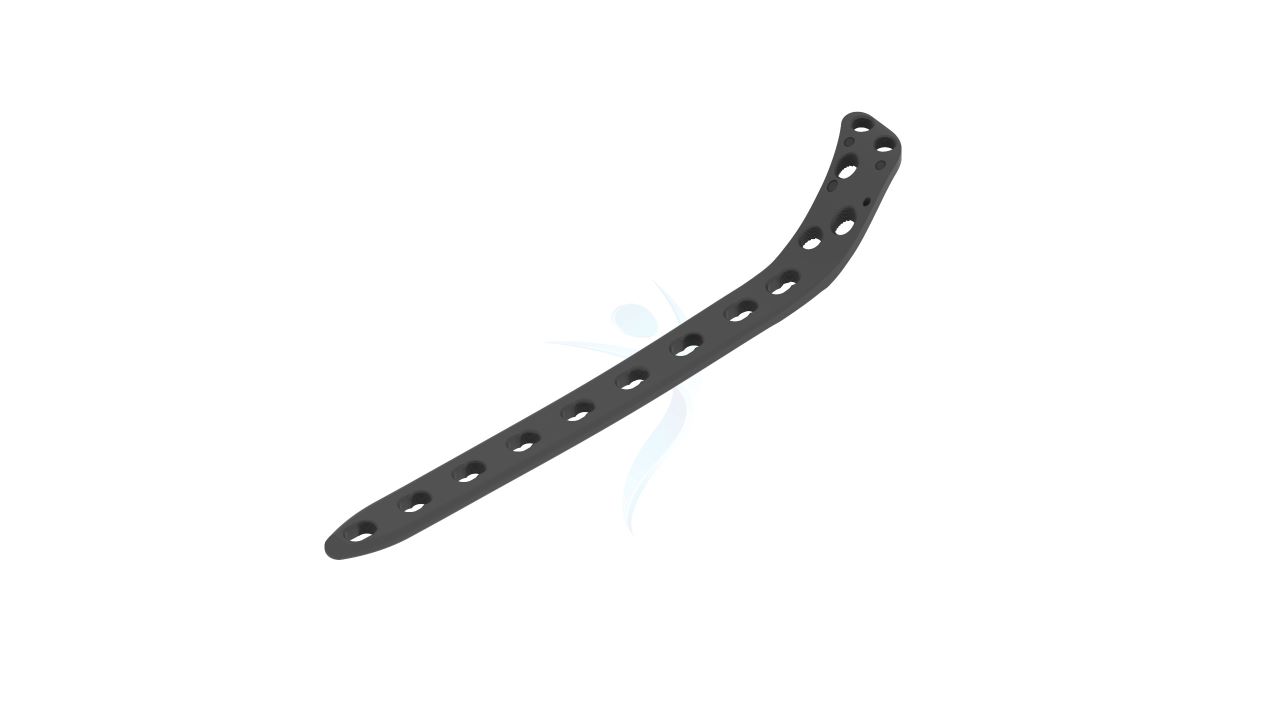
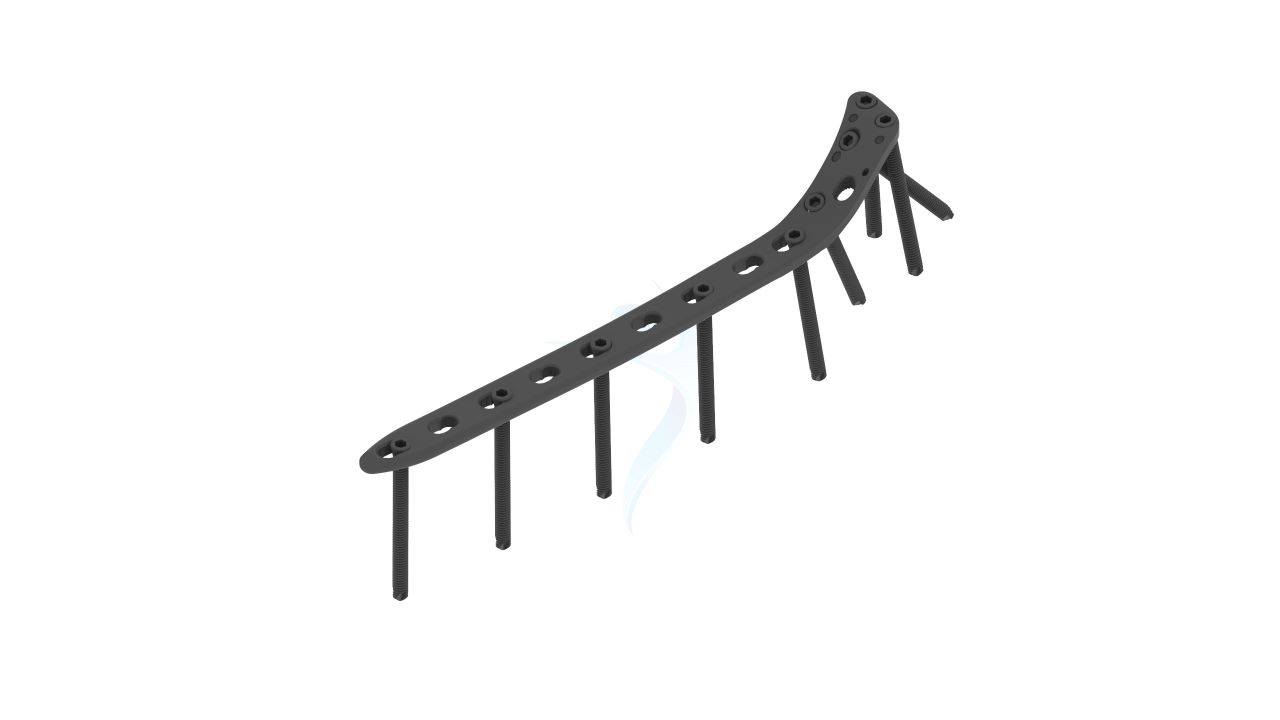
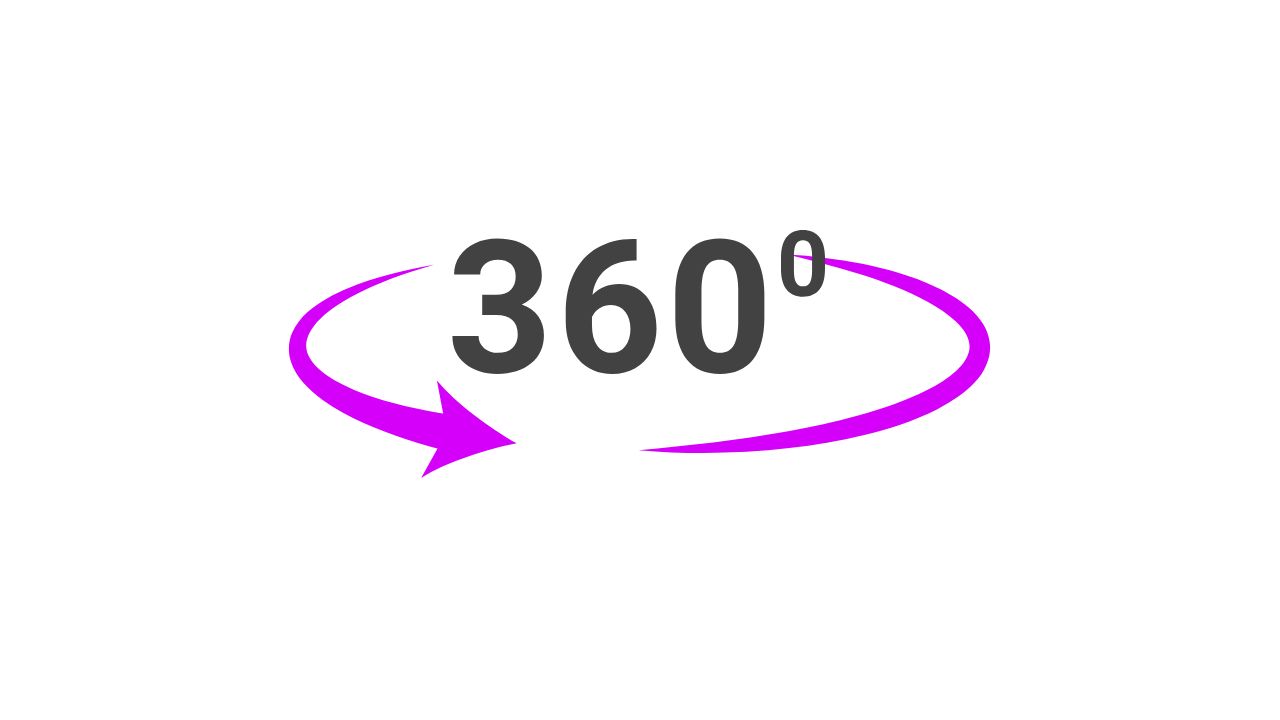
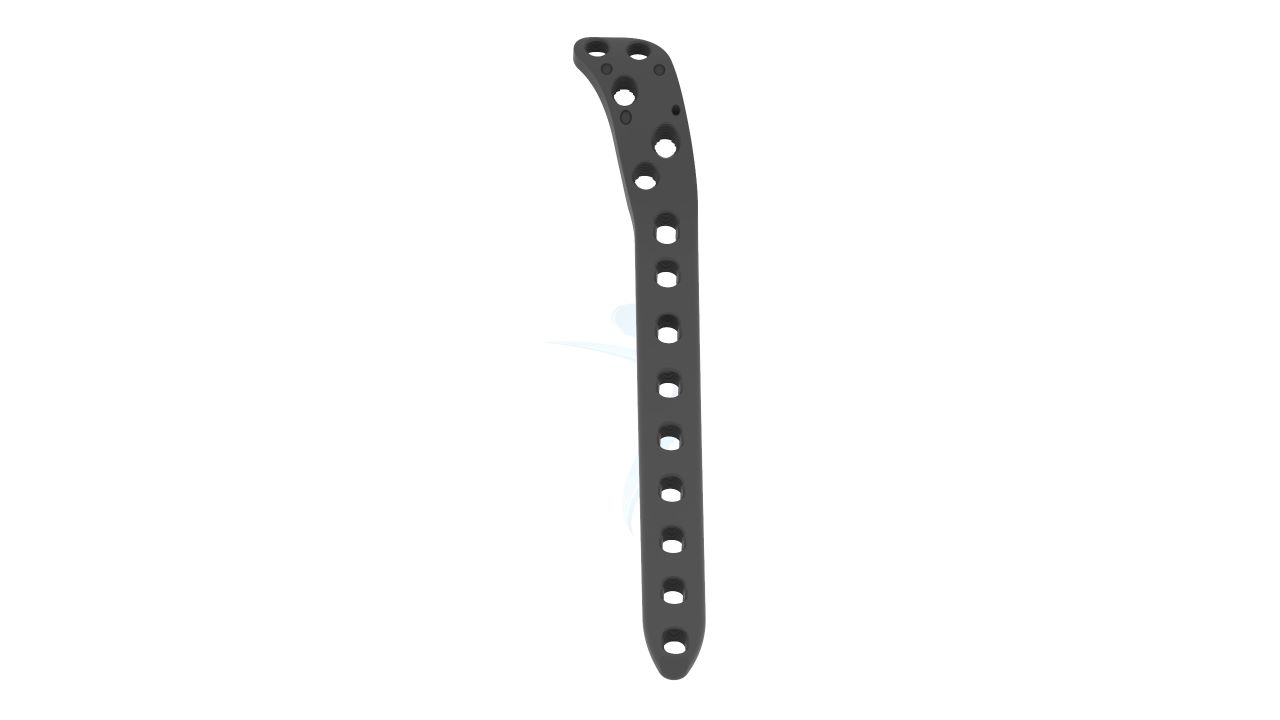
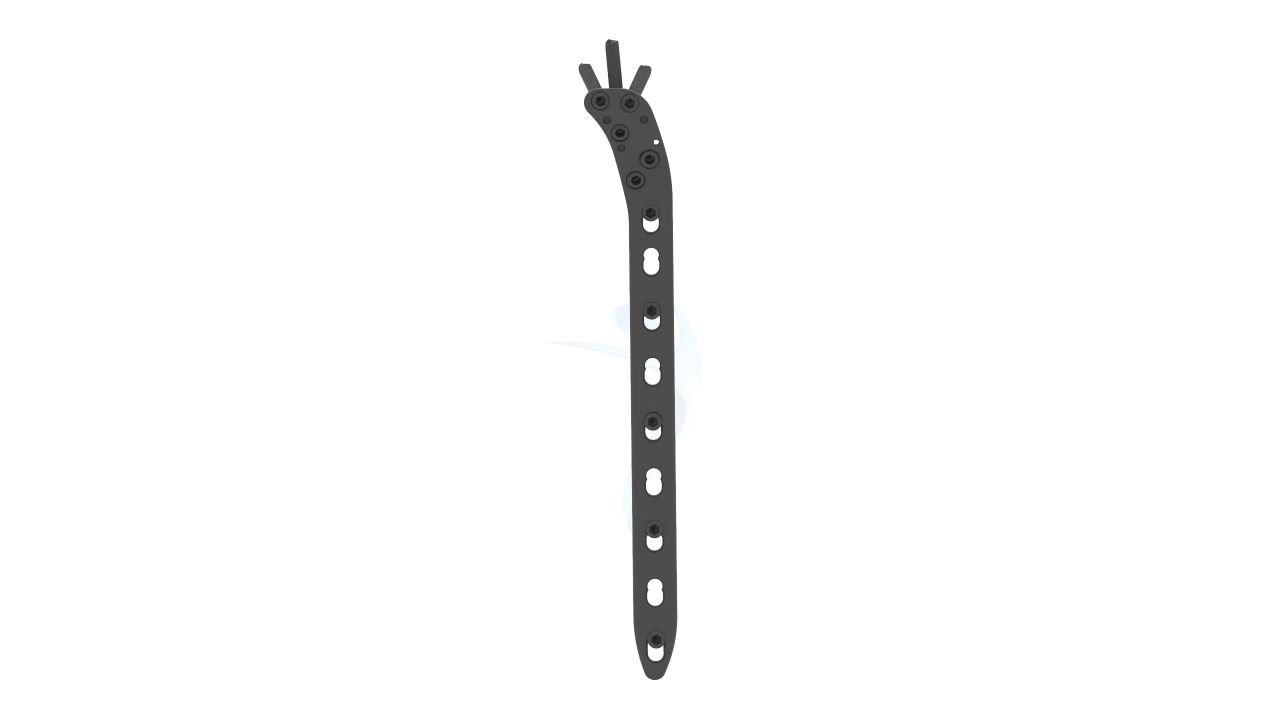



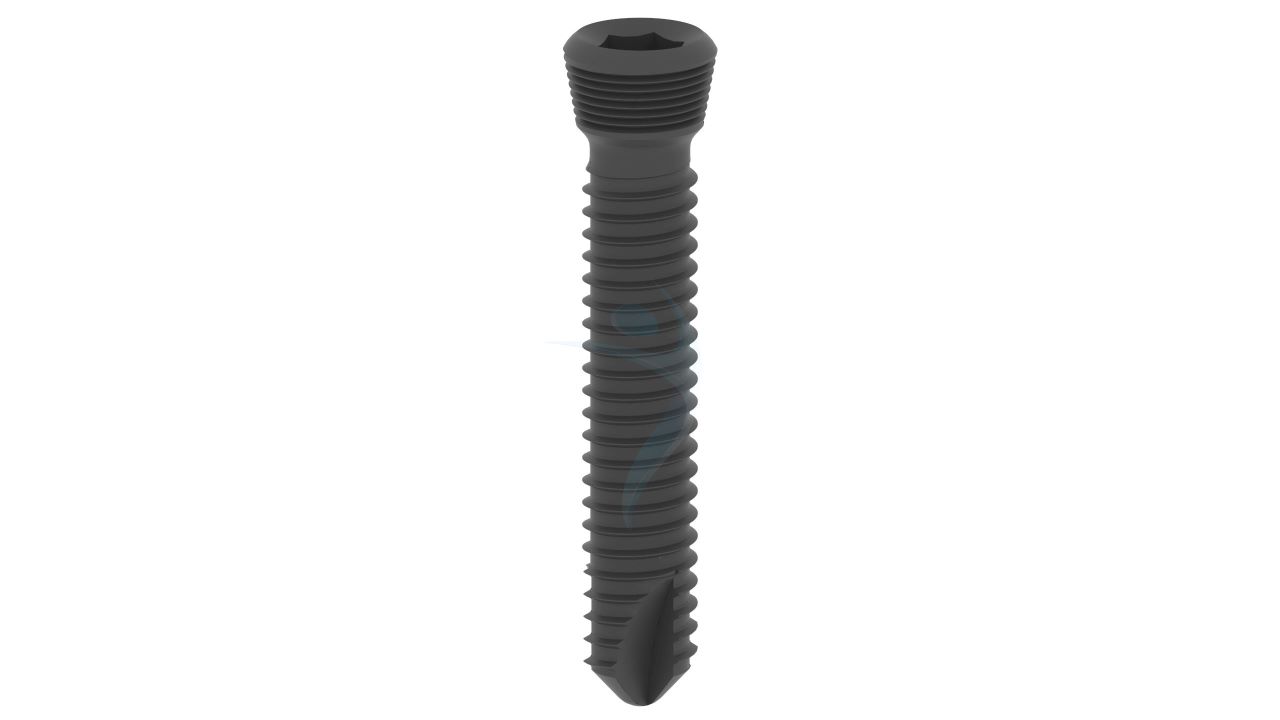
Product Uses
- Fracture Fixation : Provides stable fixation and support for lateral tibia fractures, promoting proper alignment and enabling effective healing.
- Osteotomies : Facilitates accurate alignment and fixation of bone segments after osteotomy procedures, promoting successful fusion.
- Non-Unions :Supports the treatment of non-union cases where bones fail to heal naturally, offering structural stability for improved healing.
- Proximal Lateral Tibia Fractures : Tailored for fractures in the proximal lateral tibia area, ensuring reliable stabilization and alignment.
- Anatomical Restoration :Enables surgeons to restore the natural anatomical structure of the proximal lateral tibia, enhancing joint integrity.
- Complex Fractures : Offers a solution for complex fractures that require precision fixation to ensure optimal healing.
Product Specification
- Material : Medical Grade Titanium Alloy.
- Plate Thickness :4.5mm.
- Plate Length : Available in various lengths (e.g., 100mm, 120mm, 140mm).
- Plate Profile : Low-profile design to minimize soft tissue irritation.
- Plate Holes : Multiple holes along the plate for versatile screw placement.
- Locking Mechanism : Combination of locking and non-locking screw holes for enhanced stability.
- Screw Compatibility : Compatible with 4.5mm locking and non-locking screws.
- Anatomical Contouring : Pre-contoured to match the shape of the proximal lateral tibia for optimal fit.
Proximal Tibia Plate- Lateral 4.5 mm Sizes
Comprehensive Guide for Proximal Tibia Plate - Lateral 4.5 mm
- Patient Assessment : Evaluate the patient's medical history, allergies, and overall health to ensure suitability for surgery.Review diagnostic imaging (X-rays, CT scans) to understand the fracture type and plan the surgical approach.
- Surgical Planning : Collaborate with the surgical team to determine the optimal plate size, length, and configuration based on the fracture pattern.
- Informed Consent : Discuss the procedure, potential risks, benefits, and alternatives with the patient, obtaining written informed consent.
- Anesthesia Consultation : Coordinate with an anesthesiologist to select the appropriate anesthesia method (general, regional, or local) for the patient.
- Implant and Instrument Preparation : Ensure the availability of the 4.5mm Proximal Lateral Tibia Plate, along with all necessary surgical instruments and tools.
- Patient Positioning : Position the patient on the operating table to provide optimal access to the proximal lateral tibia.
- Incision and Exposure : Carefully dissect through the layers to expose the fractured area while minimizing tissue trauma.
- Fracture Reduction : Gently manipulate the fractured bone fragments into proper alignment using surgical techniques.
- Plate Selection and Preparation : Choose the suitable 4.5mm Proximal Lateral Tibia Plate based on the fracture's complexity and the patient's anatomy.
- Temporary Fixation : Secure the plate temporarily using K-wires or clamps to maintain alignment while inserting screws.
- Screw Insertion :Insert locking and non-locking screws through the plate holes, following the manufacturer's recommended screw patterns.
- Immediate Recovery : Transition the patient to the recovery area, monitoring their vital signs and overall condition.
- Pain Management : Administer appropriate pain relief medications as prescribed to manage postoperative discomfort.
- Wound Care : Monitor the surgical incision for signs of infection, such as redness, swelling, or discharge.Keep the incision site clean and dry, following the surgeon's instructions.
- Immobilization and Weight-Bearing : Instruct the patient on the proper use of any immobilization devices (cast, brace) and limitations on weight-bearing.
- Rehabilitation Initiation : Begin a customized rehabilitation program as recommended by the surgeon or physical therapist.


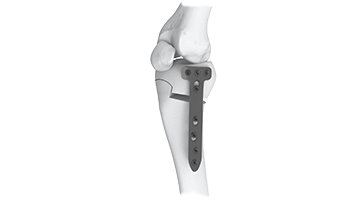
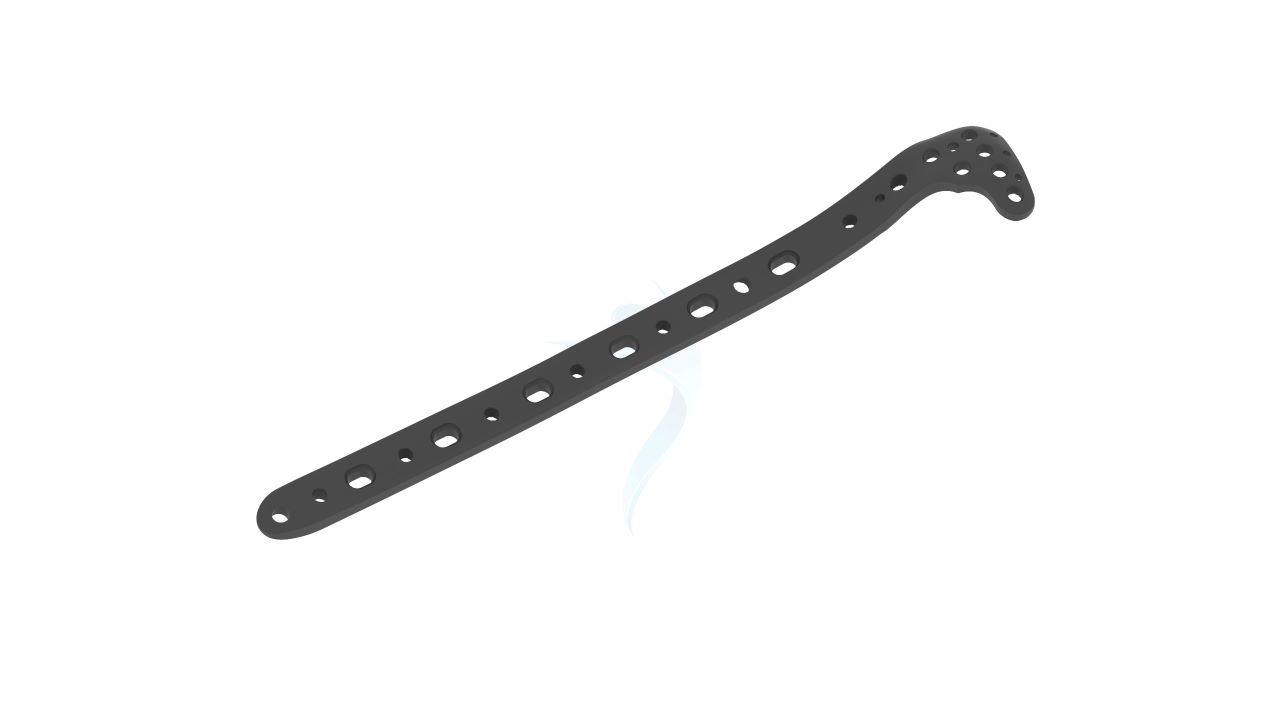
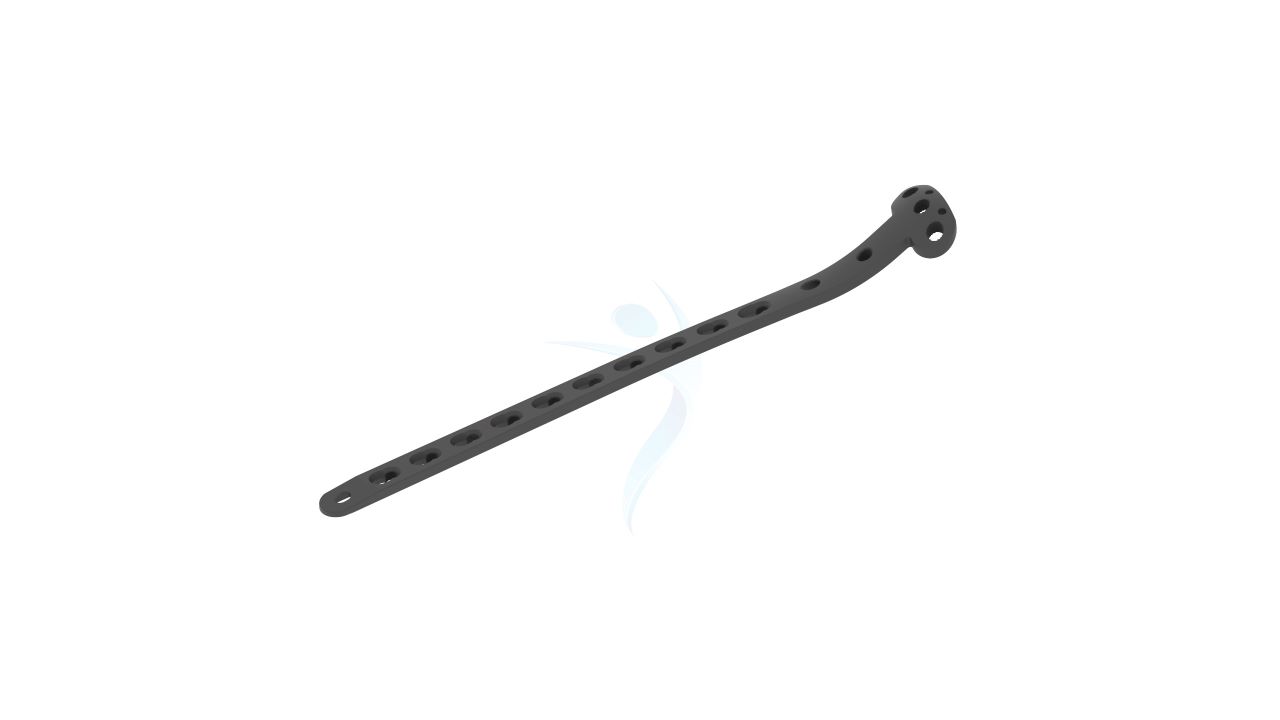

.png)

